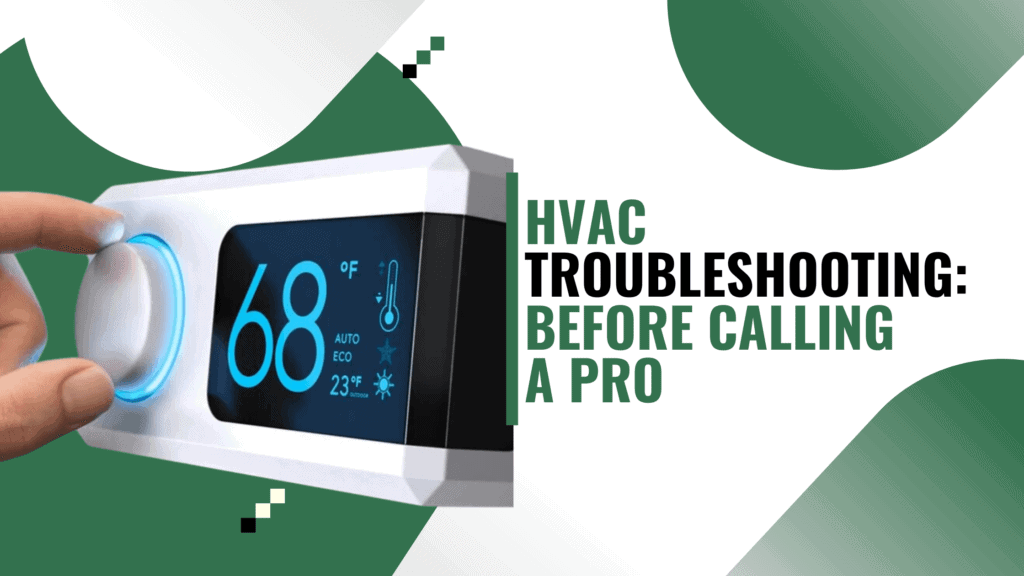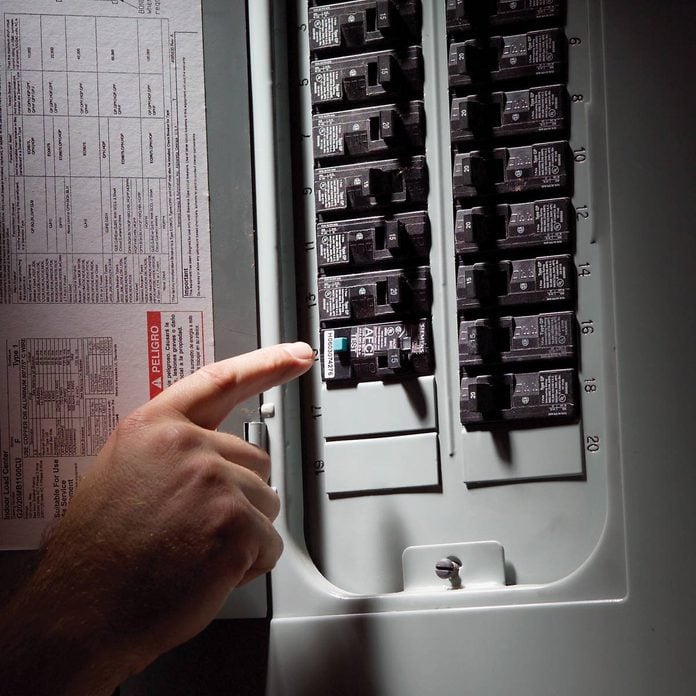As a homeowner, dealing with HVAC issues can be a frustrating experience, especially when they arise unexpectedly. Before reaching out to a professional technician, there are several troubleshooting steps you can take to potentially identify and resolve common problems. By conducting these checks, you may save time and money while ensuring your HVAC system operates smoothly. Here are some key things to consider before scheduling a service call:
Check the Thermostat:
Start by examining your thermostat settings. Ensure that it’s set to the appropriate temperature and mode (cooling or heating). Replace the batteries if necessary, and consider upgrading to a programmable thermostat for improved efficiency.
Inspect the Air Filter:
A dirty or clogged air filter can restrict airflow and strain your HVAC system, leading to performance issues. Check the filter regularly and replace it as needed, typically every 1-3 months depending on usage and filter type.
Examine Circuit Breakers and Fuses:
Inspect the circuit breaker panel or fuse box to see if any switches or fuses related to your HVAC system have tripped or blown. Reset any tripped breakers or replace blown fuses, but if this happens frequently, it may indicate an underlying electrical problem.
Clear Air Vents and Registers:
Ensure that all supply and return vents are open and unobstructed by furniture, curtains, or debris. Blocked vents can disrupt airflow and cause uneven heating or cooling throughout your home.
Check for Obvious Issues:
Inspect the outdoor condenser unit for any visible damage, such as bent fins or debris buildup. Trim back vegetation and remove any obstructions to allow proper airflow around the unit. Also, listen for any unusual noises coming from the system, which could indicate mechanical problems.
Inspect Ductwork for Leaks:
Visually inspect the ductwork for signs of leaks, such as loose connections or visible gaps. Sealing duct leaks with foil tape or mastic can improve efficiency and comfort while reducing energy waste.
Test the System in Both Heating and Cooling Modes:
Switch your thermostat between heating and cooling modes and observe how the system responds. If it fails to produce warm or cool air as expected, there may be a more significant issue requiring professional attention.
While these troubleshooting steps can help you address minor HVAC problems, some issues may require the expertise of a licensed technician. If you’ve completed these checks and your HVAC system still isn’t functioning properly, it’s time to contact a professional for diagnosis and repair. By staying proactive and knowledgeable about your HVAC system, you can maintain a comfortable indoor environment year-round while minimizing unexpected breakdowns.









